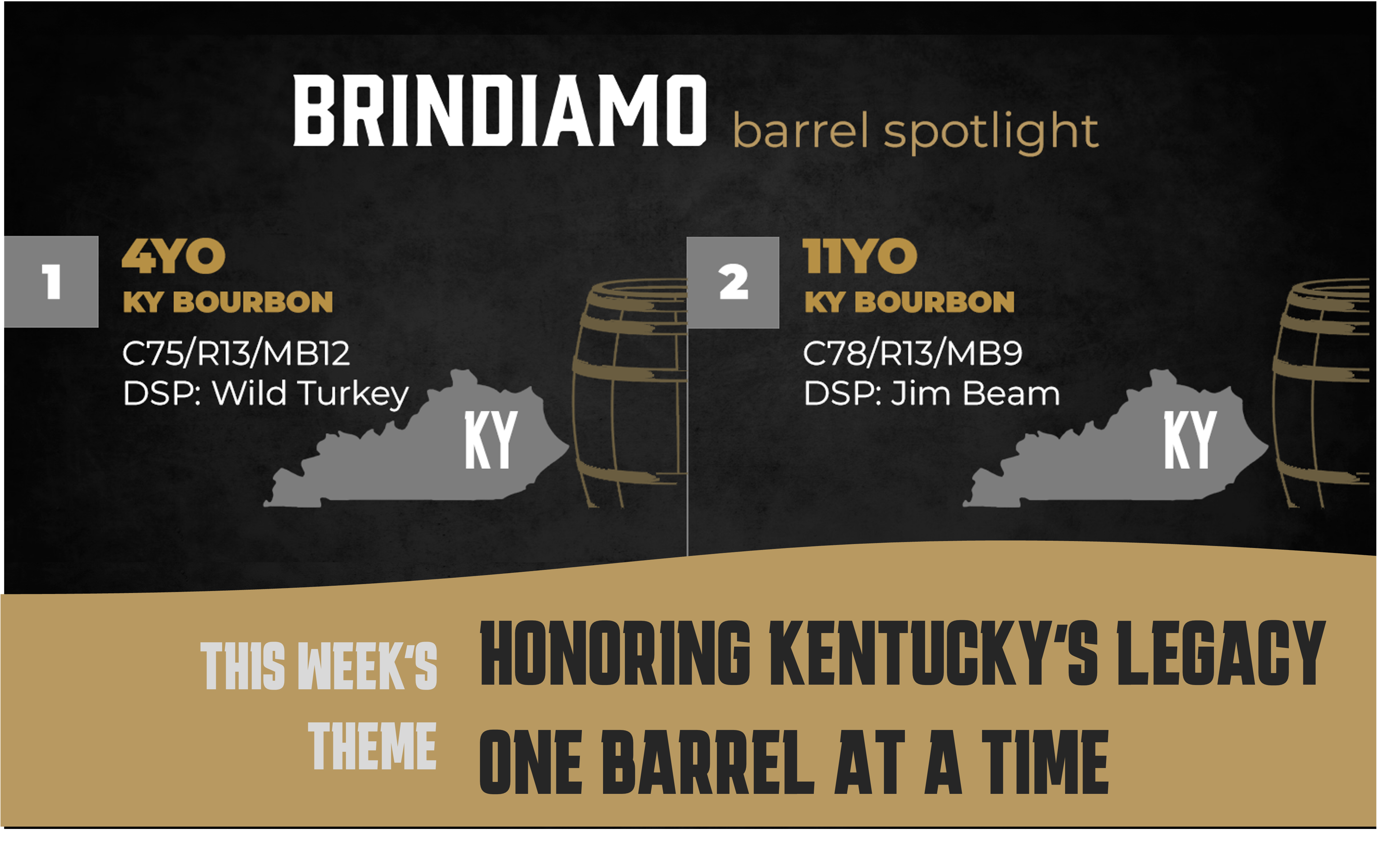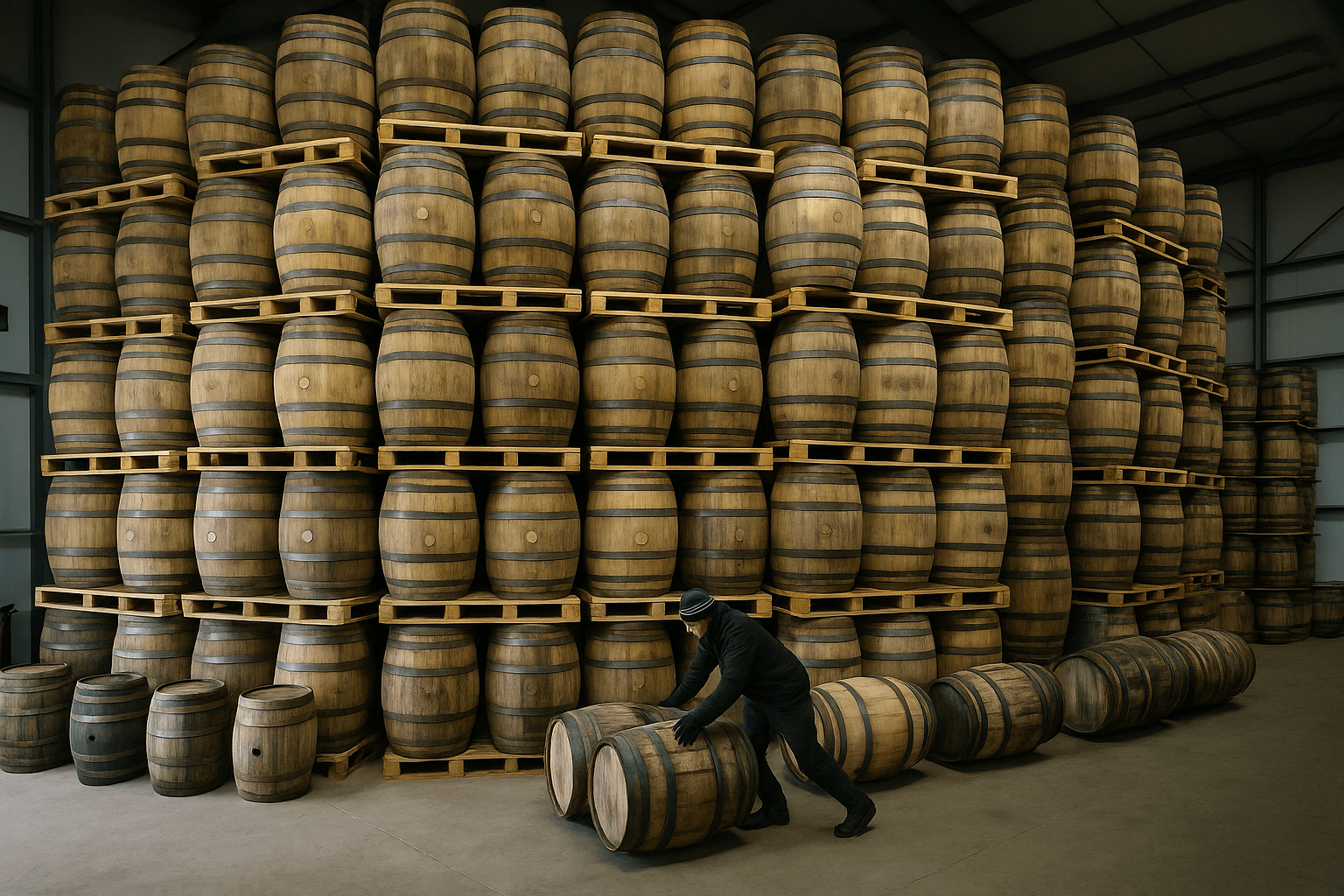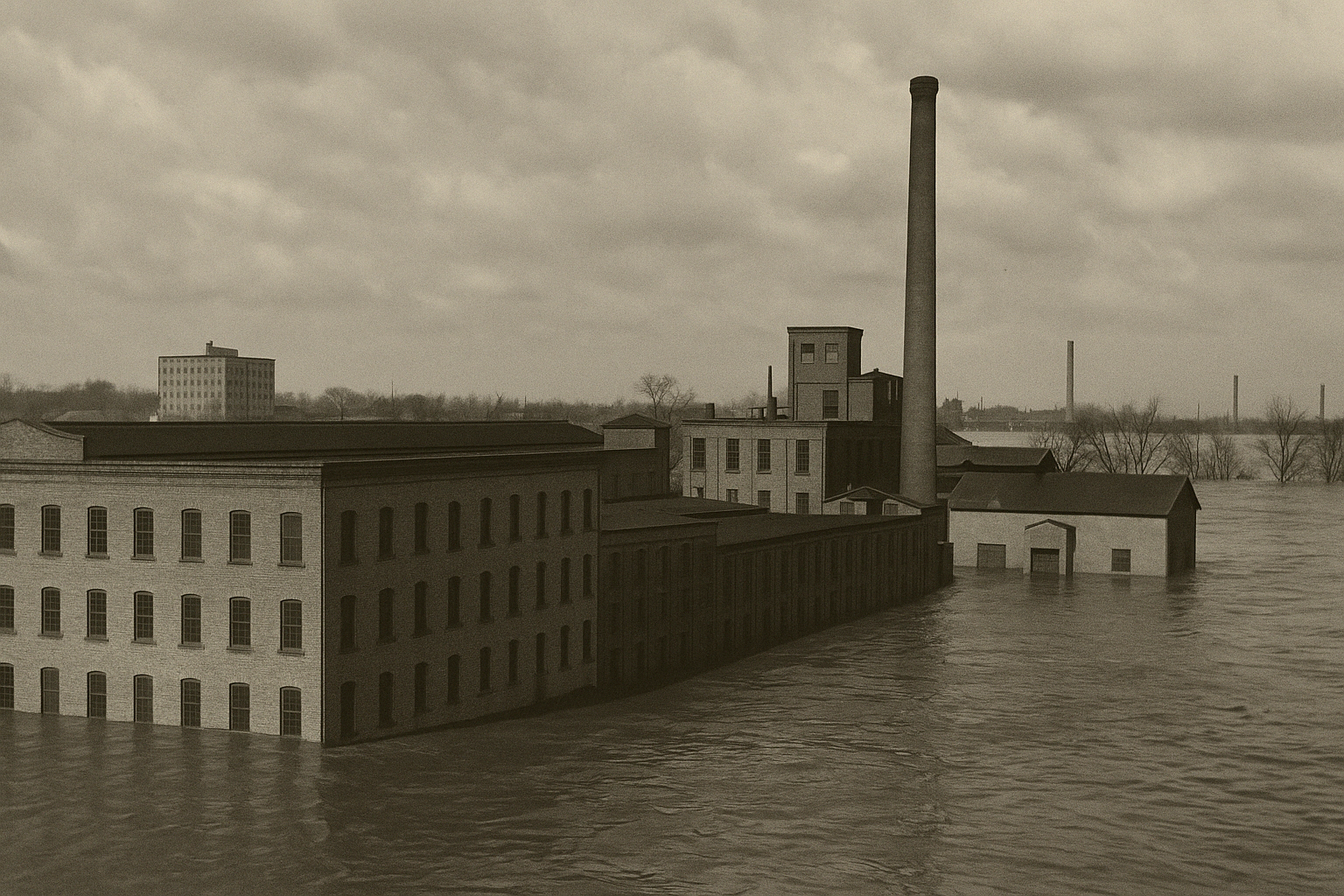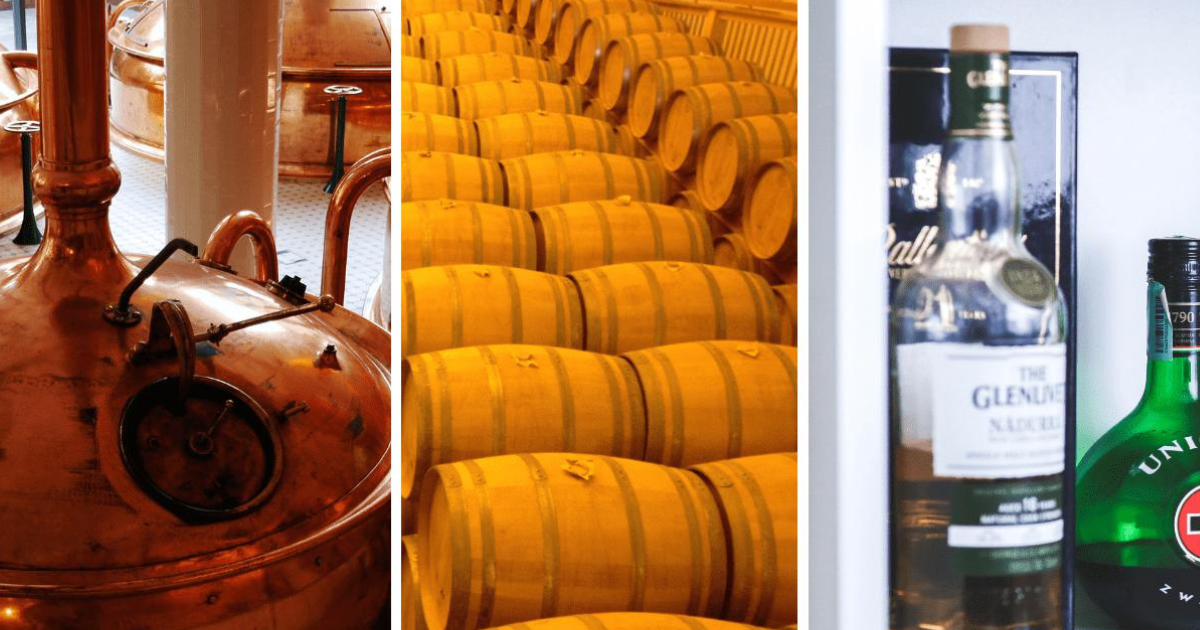Barrel Spotlight: One Mash Bill, Two Unique Paths
Welcome back to the Brindiamo Barrel Spotlight, our weekly email series highlighting the barrels, distilleries, and market dynamics shaping today’s...
.png)
Saying something empirically enhances flavor overlooks the key factor in our taste perception: personal preference. The best way to discover your preference is by experimenting with different methods and determining which one you prefer. While there may be a stigma attached to adding water to whiskey, with some feeling it detracts from the drink's natural beauty, others believe it enhances the taste. Regardless of your stance on liquor trends, understanding the different viewpoints can be insightful.
Björn C. G. Karlsson and Ran Friedman, two scientists from Sweden, decided to put this idea to the test in 2017. After all, there had to be something to the idea of adding water to whiskey if it’s been around as long as it has. Can science definitively tell us when something tastes better? Maybe not. But they can explain what’s happening within the glass and why it changes how it tastes.
Karlsson and Friedman conducted experiments to explore the relationship between ethanol, water, and guaiacol. Guaiacol is an amphipathic molecule, meaning it possesses a nonpolar fatty acid tail and a polar phosphate head. The polarity of molecules influences their interactions with one another, which is significant because water is also a polar molecule that attracts other polar molecules.
Ethanol and water don’t mix evenly. Some aromatic elements can get stuck with ethanol clusters, preventing them from coming to the surface. Why does this matter?
We may not be able to taste every single flavor out there. It's clear that taste preferences vary from person to person, and our tongues have limitations when it comes to sensing a wide range of flavors. Aromatics play a crucial role in unlocking the complexity of a specific drink. While a glass of whiskey contains numerous compounds that contribute to its overall flavor profile, this study specifically delved into the impact of guaiacol.
Why?
Guaiacol, in particular, contributes to the smoky and spicy flavor of Scotch whiskey. Additionally, guaiacol shares similarities with other compounds like vanillin and limonene, commonly found in various whiskeys. Therefore, if the addition of water affects guaiacol and alters the drink's flavor, these findings could potentially apply to other compounds in different whiskeys.
Further diluting the whiskey beyond the ratio set for bottling can bring compounds like guaiacol to the surface, allowing them to separate from the ethanol. This process occurs due to the interactions between the compounds. With less dilution, the guaiacol molecules are enveloped by ethanol molecules, effectively masking them.
Bringing guaiacol to the surface enhances your ability to taste and smell the compound, unlocking the flavors typically associated with Scotch whiskey. When combined with scent, this expands the sensory experience of the beverage or food, deepening our understanding and appreciation of the drink.
If adding water to whiskey has been scientifically proven to enhance the taste and aroma, why not consider bottling it at this new ratio? It ultimately comes down to personal preference. By leaving whiskey at its standard dilution level, it allows room for further dilution if desired. Bottling it with more water would limit the option to adjust the ratio. While a study from Sweden has shown positive effects of adding water to whiskey, not everyone may prefer it over straight whiskey. It's important to keep the option available for consumers, and any changes in packaging and shipments would need to be carefully considered to accommodate the smaller amount of whiskey in each bottle.
The most important test is the one in your own glass. Take a sip. Does it taste good? Now, try adding a splash of water. Does it enhance the flavor for you? Repeat your experiment and enjoy the process. And if anyone questions your choice to add water to your whiskey, just remember that science supports your decision.
Understanding the liquor trends is only half the battle in successful alcohol-related startups. Need help with the first step? Contact Brindiamo Group today.

Welcome back to the Brindiamo Barrel Spotlight, our weekly email series highlighting the barrels, distilleries, and market dynamics shaping today’s...

The market for bourbon barrels is bifurcated. Over the course of the last 24 months, the conversation has shifted from how to find whiskey to how to...

Welcome to the Brindiamo Barrel Spotlight, our weekly series celebrating the barrels, distilleries, and market dynamics shaping today’s whiskey...

Emerging Trends in Barrel Storage, Risk Management, and Cost-Effective Solutions

Nearly a century ago, one of the most devastating natural disasters in American history struck the heart of bourbon country. In January 1937, the...

For anyone looking to produce, sell, import, or supply alcohol, understanding the 3-tiered system is crucial. Following the prohibition era, the U.S....
Join the conversation
Leave a comment below.